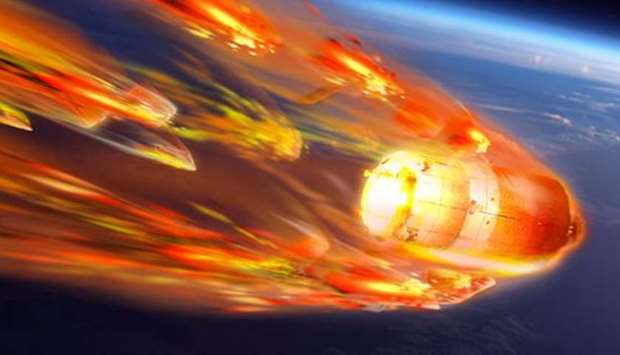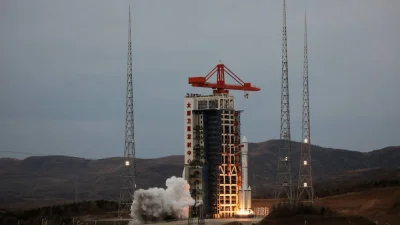Parts of the wrecked space laboratory ‘Tiangong 1,’ over which China lost control in 2016, are likely to collide with planet Earth, according to space experts.
It emerged in August 2016 that China could no longer steer the 8.5-ton vessel, and that after six years in space and numerous experiments it would crash down to Earth uncontrolled.
According to Chinese space authorities, the laboratory is circling the planet with an orbit that is constantly decreasing in size. It will apparently begin its uncontrolled descent in April 2018 at the latest, although Australian space analyst Morris Jones says such calculations are ‘not an exact science.’ ‘Most of Tiangong will burn up in the atmosphere, but some large parts, such as fuel tanks, could reach the surface of the Earth,’ Jones told dpa.
‘There will be a large fireball in the sky. Some observers on the ground could possibly see it.’ However, Jones did not say there were grounds for major concern.
‘The risk to human life is fairly small, but it is not zero. Property is more likely to be damaged ... But this is still a low probability event.’ It certainly isn't the first time that space junk was set to collide with Earth. In 1991, the largest ever fragment of a space vessel, from the Soviet Union's ‘Salyut 7,’ fell on Argentina. No one was injured.
Should ‘Tiangong 1’ cause damage to life or property, US space expert Leonard Davis told dpa that China will be held accountable.



